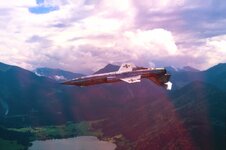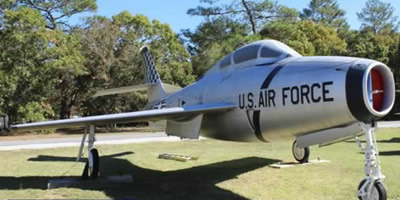SaparotRob
Unter Gemeine Geschwader Murmeltier XIII
The F-104 was the "Widow Maker". The B-26 was the "Widow Maker". Another "Widow Maker" was just mentioned in the Most Important Battle of WW 2 thread. Just how many "Widow Makers" are there?
We might be getting into Caidin territory.
We might be getting into Caidin territory.


